Last Updated on November 21, 2023
Hollywood works in phases. We’re in the middle of a vast superhero movie phase, which, maybe, seems to be on the downslide. Twenty-five years ago, war movies were all the rage in the wake of Saving Private Ryan, and once those taped off, historical epics became the blockbuster of choice for studios. Indeed, it was the smash success of Braveheart and Gladiator that paved the way for this run of films which started to tape off in the mid-aughts after a few mammothly pricey films, such as The Last Samurai and Troy, only earned modest profits for their studios. One such film was 20th Century Fox’s Master and Commander: The Far Side of the World. It earned critical raves but cost too much to become the franchise Fox was hoping for, with it being based on a long-running series of books by Patrick O’Brien. Yet, the movie holds up mighty well all these years later, prompting a revisit.
Jump back to the year 2003. Russell Crowe was one of the biggest stars in the world. Gladiator was one of those rare films that made tons of money but earned critical raves and Oscars. Crowe himself won the Best Actor trophy and came pretty close to winning the award again the following year for A Beautiful Mind, which, again, made a ton of money. Everyone wanted Crowe to be in their big historical epic, so having him sign on to Master and Commander was a coup. It helped that the film was to be directed by Peter Weir, one of the most underrated directors of all time. He’s made more than his share of masterpieces, which include The Last Wave, Gallipoli, The Year of Living Dangerously, Witness, Dead Poet’s Society, and The Truman Show.
The film was to be a pet project of 20th Century Fox studio head Tom Rothman, who was a fan of the books by Patrick O’Brian. These novels follow the adventures of Captain Jack Aubrey, a ship’s captain during the Napoleonic Wars. His best friend is ship’s surgeon Stephen Maturin. The books run 21 volumes, and the film itself would draw on the series as a whole rather than one particular novel, although the principal source is the tenth novel, The Far Side of the World. The film would be about Captain Aubrey’s obsession with tracking down the French privateer, the Acheron, which took their ship, the HMS Surprise, in an ambush, causing heavy damage. While not a match for the French ship, Aubrey will not shirk from his duty to protect the British fleet, so the chase is on.
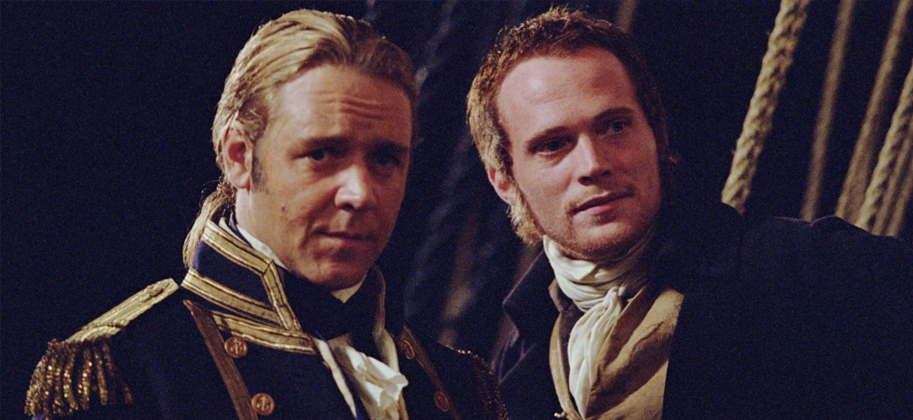
While certainly making for a rousing tale, there are a few reasons why Master and Commander was seen as a risk. For one thing, Crowe would be asked to gain weight to play the portly Aubrey, and the action would be mostly confined to Naval battles. There wouldn’t be mano-and-mano fights like in Gladiator, although he does some duelling in the finale. The film would also have to be shot, party, on the water, something which spelled doom for the budgets of Waterworld and Titanic. That’s why Fox brought in two more big studios to co-finance the film, Universal Pictures and Miramax. However, the budget was contained to $150 million, as WETA could provide cutting-edge visual effects that could cut down on the time needed to shoot on water. Notably, the film would be the first non-documentary shot on the Galápagos Islands.
While Russell Crowe’s Jack Aubrey is the star, in many ways, Stephen Maturin is just as important a role. If Aubrey is like Captain Kirk, Maturin is a combination of Spock and Doctor McCoy. In essence, it was a second-star role, but luckily, Paul Bettany had just supported Crowe to significant effect in A Beautiful Mind and proved to be ideal casting. Indeed, critics hailed Crowe and Bethany, saying they were perfectly cast, and both actors have noted that they would love to make more films in the series.
The supporting cast, almost entirely male, would include Lord of the Rings star Billy Boyd, James D’Arcy, who would later join Bettany in the MCU, and a host of character actors. Indeed, Weir made a gorgeous film, which is an epic but also grounded by two things. One is the grim reality of life on board a ship, with a young boy serving on the crew losing an arm, while later, one loses his life. You also see a wobbly officer lose his mind under the strain of the voyage while Maturin is wounded so severely that he has to operate on himself in a queasy scene. The film also benefits enormously from the camaraderie between Crowe and Bettany, with the relationship between Aubrey and Maturin making you invest not only in the adventure but their friendship. It’s a crime they never got to do a follow-up, although, with TV having come so far, perhaps Master and Commander could be done as a limited series. Whatever the case, it will likely have to be done without Weir, who seems to be mostly retired now. Indeed, Ethan Hawke later revealed that the strain of working with Russell Crowe (and Johnny Depp on an unmade movie) “broke” the director. What a shame, as Weir was a giant. When I spoke to Mel Gibson a year ago, he proudly cited his work with Weir as some of the best he’d ever done.
At any rate, the franchise was doomed when the film underperformed, although it was nominated for many technical Oscars, including a win for Russell Boyd’s cinematography. It’s become a perennial favourite on streaming services, with many noting the strong friendship between the two leads as an excellent depiction of male camaraderie.
Certainly, Master and Commander: The Far Side of the World is a gem, and if it’s a one-off, it’s a brilliant one that golds up exceptionally well 20 years later. I’d wager it hasn’t been dated at all.







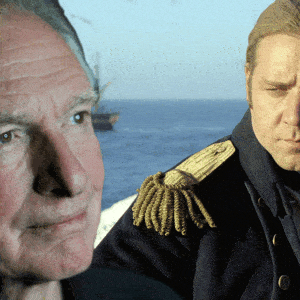
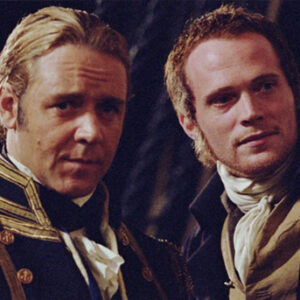
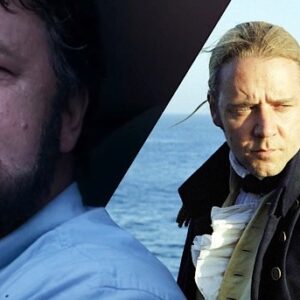

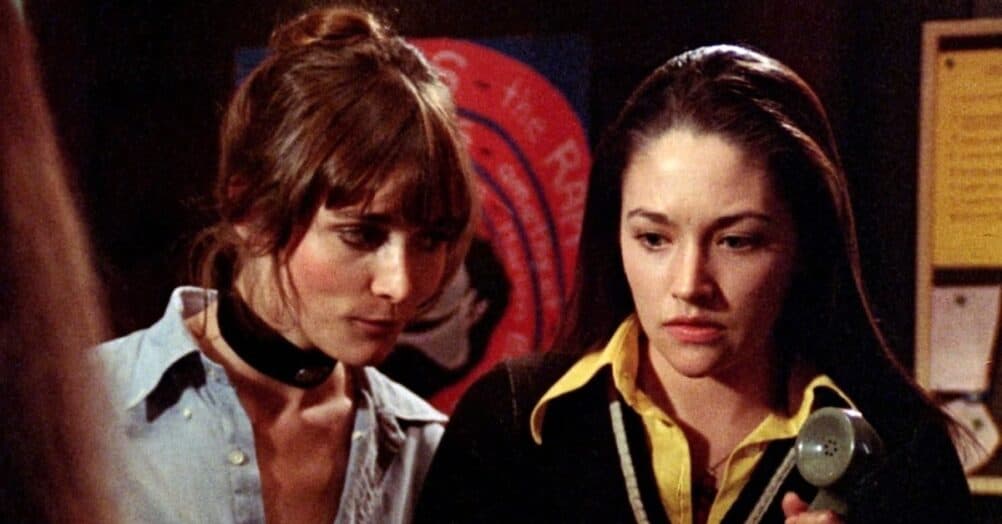








Follow the JOBLO MOVIE NETWORK
Follow us on YOUTUBE
Follow ARROW IN THE HEAD
Follow AITH on YOUTUBE